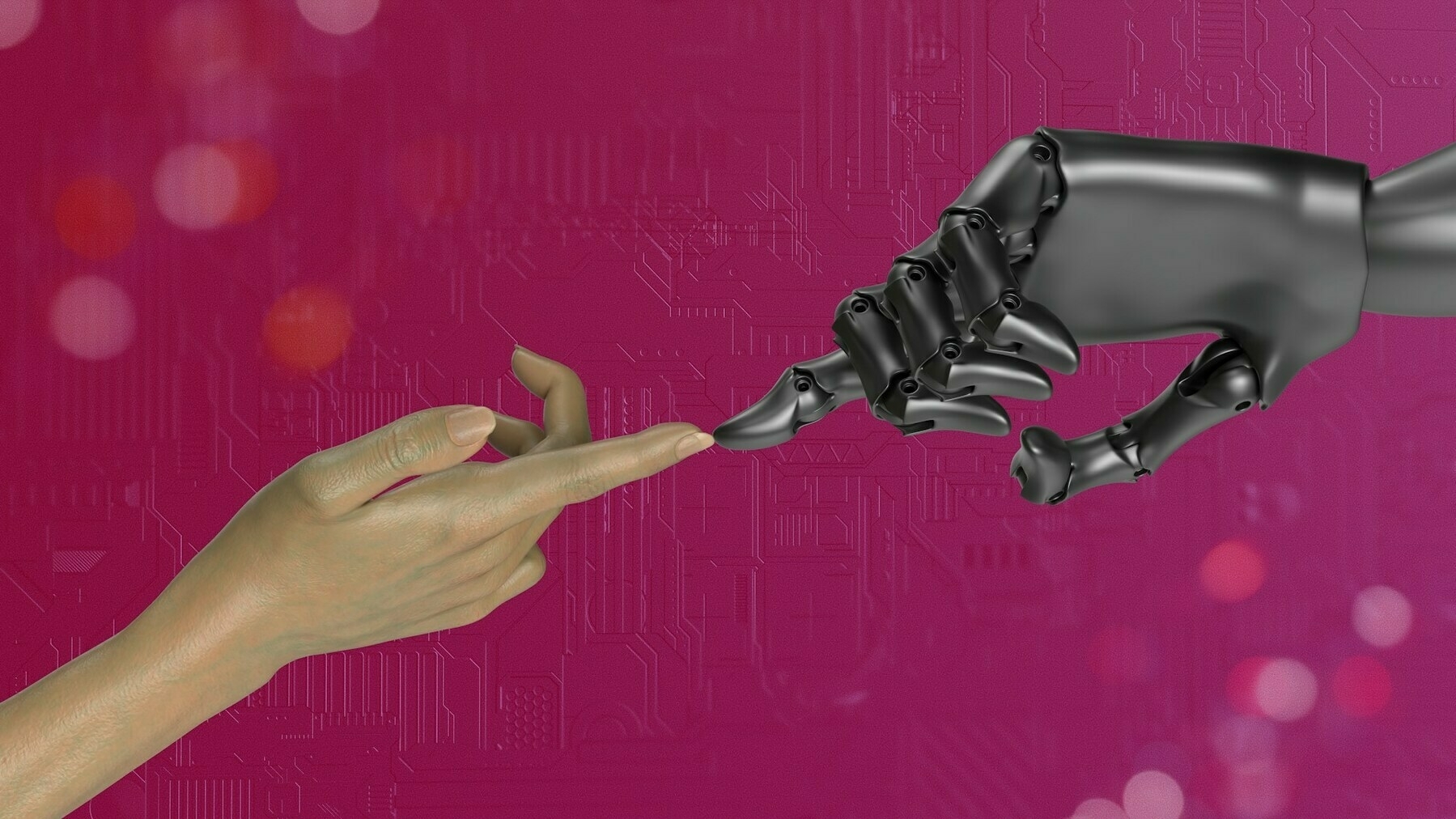Organisations will need to change their analogies

Ethan Mollick reports on a study last summer with 776 professionals at Procter and Gamble. The findings, pretty obviously, show that working with AI boosts performance, but also that working in teams is just as effective as working with AI. Teams working with AI “were significantly more likely to produce… top-tier solutions.”
What’s interesting to me, though, is the emotional aspect of all this. Unless you’ve done work around, say, nonviolent communication and Sociocracy it’s likely to that you experience regular unprocessed negative emotions around work. Especially if you work in a hierarchical setting.
Generative AI can be particularly good at helping you think more objectively about work — as being something that you have ideas and thoughts about, rather than emotions. At least, it does for me. Note that I definitely think that you should bring your full self to work, it’s just that unhelpful negative emotions can sometimes creep in to our relationships with other humans, especially around the validation (or otherwise) of ideas.
For me, the sweet spot is working with people I know, respect, and trust (i.e. my colleagues at WAO) and using generative AI to augment our collaboration.
A particularly surprising finding was how AI affected the emotional experience of work. Technological change, and especially AI, has often been associated with reduced workplace satisfaction and increased stress. But our results showed the opposite, at least in this case.
People using AI reported significantly higher levels of positive emotions (excitement, energy, and enthusiasm) compared to those working without AI. They also reported lower levels of negative emotions like anxiety and frustration. Individuals working with AI had emotional experiences comparable to or better than those working in human teams.
While we conducted a thorough study that involved a pre-registered randomized controlled trial, there are always caveats to these sorts of studies. For example, it is possible that larger teams would show very different results when working with AI, or that working with AI for longer projects may impact its value. It is also possible that our results represent a lower bound: all of these experiments were conducted with GPT-4 or GPT-4o, less capable models than what are available today; the participants did not have a lot of prompting experience so they may not have gotten as much benefit; and chatbots are not really built for teamwork. There is a lot more detail on all of this in the paper, but limitations aside, the bigger question might be: why does this all matter?
[…]
To successfully use AI, organizations will need to change their analogies. Our findings suggest AI sometimes functions more like a teammate than a tool. While not human, it replicates core benefits of teamwork—improved performance, expertise sharing, and positive emotional experiences. This teammate perspective should make organizations think differently about AI. It suggests a need to reconsider team structures, training programs, and even traditional boundaries between specialties. At least with the current set of AI tools, AI augments human capabilities. It democratizes expertise as well, enabling more employees to contribute meaningfully to specialized tasks and potentially opening new career pathways.
The most exciting implication may be that AI doesn’t just automate existing tasks, it changes how we can think about work itself. The future of work isn’t just about individuals adapting to AI, it’s about organizations reimagining the fundamental nature of teamwork and management structures themselves. And that’s a challenge that will require not just technological solutions, but new organizational thinking.
Source: One Useful Thing
Image: Igor Omilaev